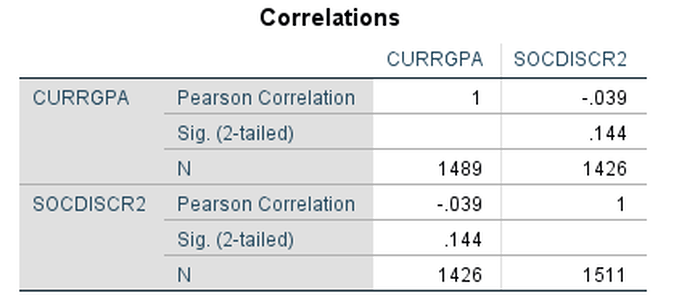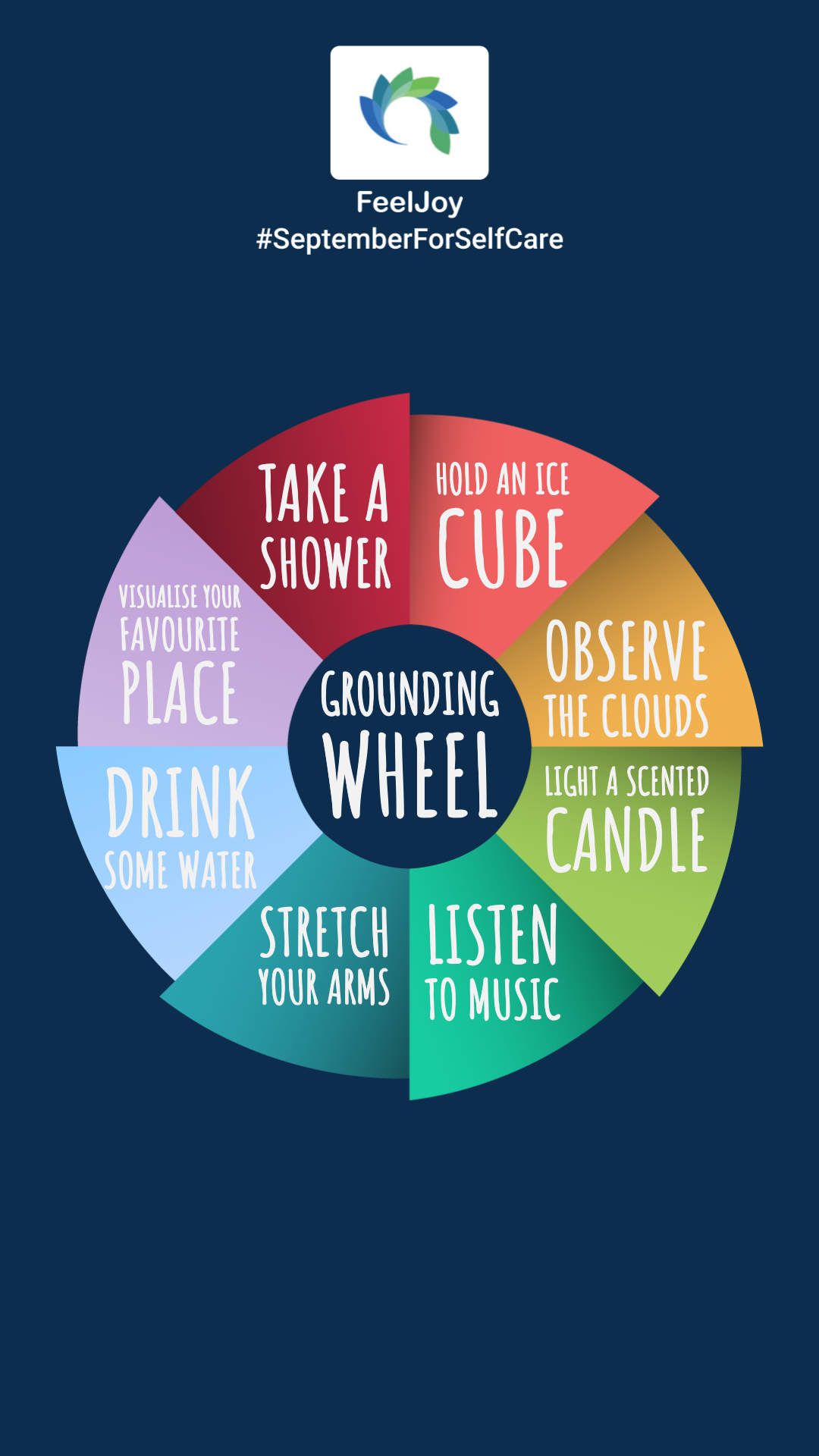 My hypothesis is that students who report a discriminatory social setting for the racial minority student population on campus have a lower grade point average than students who find the campus to be supportive. The null hypothesis is that there is no relationship between the a student's reported level of discrimination towards the racial minority student population on campus and their grade point average. Many other researchers have studied the relationship between schooling and racial minority students within the white-centric education system of the United States. In Lundberg and Lowe's study on faculty as contributors to learning for Native American students, it is shown how Native students in predominantly non-Native colleges and universities increased scores in their general education and practical competency when they had quality academic advising, viewed faculty positively, and worked harder than they thought they could to meet an instructor's expectations (Lundberg 2016). Kana'iaupuni, Ledward, and Jensen conducted a study in 2010 that examined the relationship between culture-based education and student success for Native Hawaiians. They found that culture-based education is positively related to math and reading scores of students, especially for students with lower socio-emotional development (Kana'iaupuni 2010). These findings are significant but the field is lacking general research on the impact of discrimination on academic achievement, and specifically the impact of racial discrimination on the grade point average of racial minority students. Since systemic racial discrimination is a prevalent part of the United States that reaches all aspects of daily life for racial minorities, it is vital that researches understand the impact racism has on student success. That is the first step required before the problem can be addressed. My research is a first stab at recognizing a statistically significant relationship between racial discrimination and student success. I employed data from the Gates Millennial Scholarship Program that was created by the Bill and Melinda Gates Foundation. The Scholarship Program helps students of color receive their bachelor's, master's, and doctoral degrees in computer science, education, engineering, library science, mathematics, public health, and the sciences (Gates Millennium Scholars Program). The program is administered by the United Negro College Fund and offers scholarships for up to 5 years of undergraduate studies and 4 years of graduate studies (Gates Millennium Scholars (GMS) Data). The data I used is from the surveys of the 1st cohort of students in 2000 who either had the scholarship or were offered the scholarship that had a grade point average of 3.3-4.0 and are eligible for the Pell Grant (Gates Millennium Scholars (GMS) Data). 1,426 students responded to the questions about both the levels of social discrimination experienced and their current grade point averages. I specifically used the data from the first survey these students took when they were freshmen. My independent variable, the level of racial discrimination experienced by a student, is measured with the survey question, "I find the social setting of my university or college for racial minority student populations is (4) very discriminatory, (3) discriminatory, (2) supportive, (1) very supportive." My dependent variable, academic success, is measured with self-reporting of student grade point averages. The first step in my analysis was determining the statistical significance of my data. In measuring the correlation between racial discrimination on campus and grade point average, the statistics program SPSS also computed the statistical significance. As shown in the chart above, the Pearson correlation between the two variables is -.039, meaning that grade point average goes down -.039 for every 1 increase in discrimination levels. Considering that a correlation of 0 means that there is no relationship between the 2 variables at all, -0.39 is a minuscule relationship. The statistical significance is demonstrated in the chart above under sig. (2-tailed). The alpha is .144, meaning the p-value is 86%. Unfortunately, this is not a statistically significant p-value and my findings could likely be a type one error. Regardless, this data is an important first step towards documenting the relationship between racism and student success. 86% statistical significance, while not definitive, is highly suggestive since it is less than 10% away from the 95% common standard. This means that there is a 14.4% chance that my results were coincidental, but an 86% chance that there is some relationship between social discrimination and grade point average. Even if that relationship is a small negative correlation, it is just scraping the surface of a vast area of investigation yet to be addressed through more appropriate analysis and data. I input this data into a graph below to visually represent the relationship, although not statistically significant. The dependent variable, grade point average, is represented on the y-axis and the independent variable, levels of discrimination towards the racial minority student populations, is represented on the x-axis. I filtered out the responses of students who identified as white to better portray the experiences of students of color. As evidenced in the graph, grade point average goes down as levels of social discrimination go up. It is worth noting, however, that that the students surveyed in this data were selected for having a grade point average between 3.3 and 4.0. This data is not an appropriate source for further research on discrimination and student success since it does not accurately represent the entirety of the student population who identifies as a racial minority. It is also important to keep in mind that the findings were not statistically significant. I fail to reject my null hypothesis that there is no relationship between a student's reported level of racial discrimination on campus and their grade point average.
“Gates Millennium Scholars Program.” GMS. Accessed November 22, 2019. https://gmsp.org/a-gates-millennium-scholars-program/. “Gates Millennium Scholars (GMS) Data.” Series Page. Accessed November 22, 2019. https://www.icpsr.umich.edu/icpsrweb/ICPSR/series/261. Kana'iaupuni, Shawn, Brandon Ledward, and 'Umi Jensen. “Culture-Based Education and Its Relationship to Student Outcomes.” Culture-Based Education Research Resources. Kamehameha Schools, September 2010. https://www.ksbe.edu/research/research_collection/cberr/. Lundberg, Carol A., and Shelly C. Lowe. "Faculty as Contributors to Learning for Native American Students." Journal of College Student Development 57, no. 1 (2016): 3-17. doi:10.1353/csd.2016.0003.
0 Comments
Leave a Reply. |
AuthorWrite something about yourself. No need to be fancy, just an overview. ArchivesCategories |

 RSS Feed
RSS Feed
